
08.08.2022
Pulling back the veil of denial: black body and commodity
Priscila Rezende is a visual artist and performer, born in the southeastern region of Brazil in the city of Belo Horizonte, Minas Gerais (1985). She has a degree in fine arts with a specialization in photography and ceramics from Escola Guignard.
For some years, Priscila’s poetic research has been investigating the presence of the Black subject in Brazilian society, as well as its historical process of insertion. Through gestures and silent dialogues, the artist from Minas Gerais develops actions using the language of performance, narrowing the distance between art and the layperson in relation to the denial and perpetuation of a political project of slavocratic modernity that still exists.
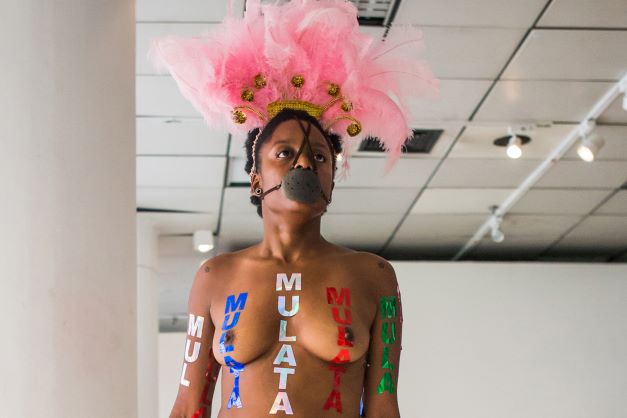
The artist comments in several interviews on the relationship between her experiences situated in a body categorized as Black and as a woman, and how this becomes the motto of her research in the field of art. Having in her own life trajectory the problematic and the paradigm to elaborate on the dense and visceral work of interpreting herself and the world, she tears apart some of the Brazilian historical processes in order to directly and clearly provide insights into discussions about issues of intersectionality, anchored mainly in race, gender, and identity in the present time, a time that is still colonial.
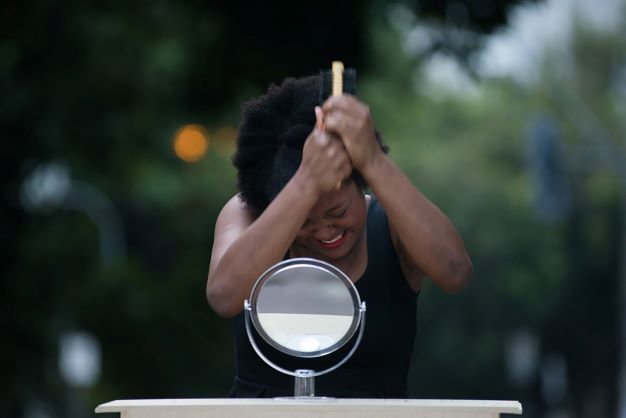
My body has been my main object and medium to create and express questions, doubts, my vision about the world we live in, and especially my specific condition in the face of this world. I see my work as a weapon for fighting against situations of discrimination, for contributing reflections, and for giving voice to some debates that are still unresolved in our society.[1]
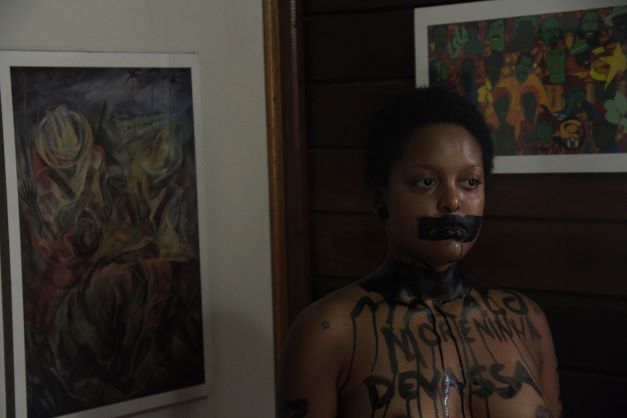
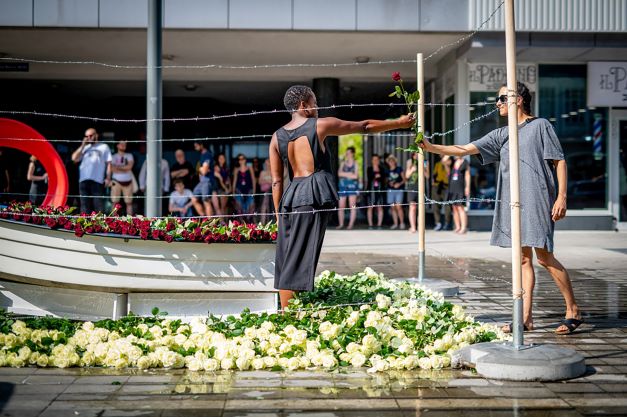
Achille Mbembe warns us of the birth of capitalism aligned with the period of the slave trade, leading to what the philosopher calls Atlantic modernity, that is, the period in which the Black man becomes a commodity and a sort of currency. What today we call capitalism begins at the moment when the Aryan delirium with its narcissistic fictions creates what we know as “Black”; from that moment on, all those who fit into these categories are reduced to “objects” and merchandise. The Black becomes the first and main source of monetary resources for the world’s modernization project, colonization. Taking racial norms into account, the artist’s performances trigger ideas and questions about the boundaries and limits of discrimination reflected in the stereotypes to which the Black subject was subjected, confronting them in visceral actions with her body that at the same time seeks to establish political positions with the public.
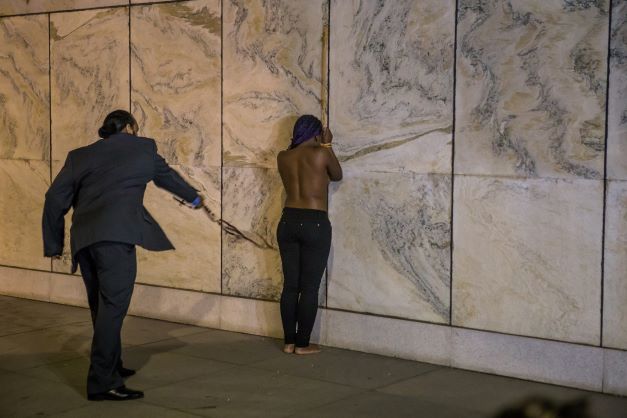
Her research also proposes paths for a direct dialogue with those who are present in her actions, with those who witness and feel the viscerality of a reality shared by so many Brazilians, especially Black Brazilian women. The actions subtly and intelligently capture the spectator by inserting them into the context of her work. This creates a kind of aura of tension, provoking the displacement of the spectator in their position of power at the sight of that body and its memories, almost in a gesture of imposition, because there is no longer any way to deny what is presented before their eyes: a whole colonial logic in which Brazil was cognitively educated.
The delicacy with which the artist operates in the conception of her actions is remarkable in terms of the composition of scenery, costumes, and carefully chosen elements, while in contrast incorporating and discussing the pain and sorrows of a trajectory of violence strongly engendered in Latin America. This same subtlety is situated in the sense of political assertion and activism vis-à-vis society at large and the amorphous facets of racism and its maintenance, as well as the subjective position and self-esteem of Black women in this scenario, and the constant subordination of social relations and positions to the choreography of power.
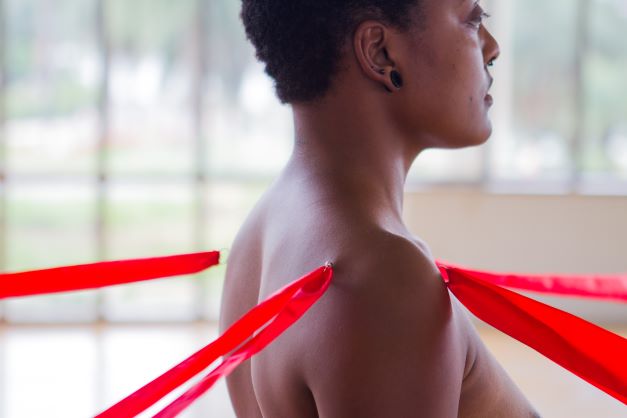
Other guidelines and issues raised in her work are based on the controversial place of aesthetics, the imposition of appearance, and the dictatorship of the Western image as a universal parameter of beauty: Aesthetics x Culture x Society. In this way, she also speaks of the commodification of the body: Which body is desirable? Which body can become desire? Which bodies become references? References for whom? In this case, the Black occupies the last place in this artificial race
Sesc São Paulo, “Central Saint Martins and Sesc São Paulo: Meet Priscila Rezende, Selected for the Artist Residency in Performance,” (November 30, 2017). Found in: https://portal. sescsp.org.br/online/artigo/11615_CENTRAL+SAINT+MARTINS+E+SESC+SAO+PAULO+CONHECA+PRISCILA+REZENDE+SELECIONADA+PARA+A+RESIDENCIA+ARTISTICA+EM+PERFORMANCE.
Museu de Arte de São Paulo, “Afro-Atlantic Histories.” Found in: https://masp.org.br/ exposicoes/historias-afro-atlanticas.
Comments
There are no coments available.